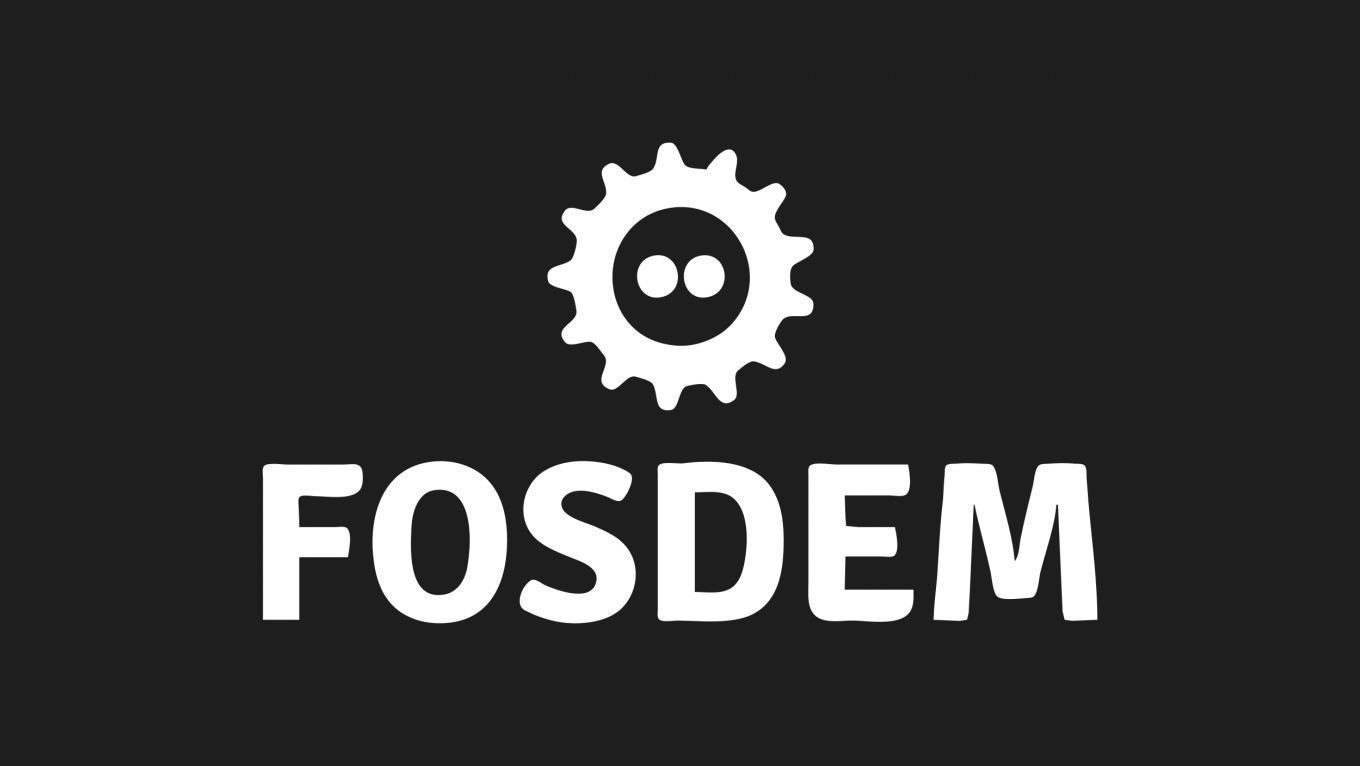Web3 Infrastructure
Commoditizing P2P development
With Aqua language and Fluence
<p>yeah</p>
Peer-to-peer protocols seem nice and promising, but are actually hard to design and implement properly. Fluence addresses this problem with Aqua, the new-gen distributed language designed for programming p2p networks that can help in a variety of multi-agent scenarios, from notifications pushing to consensus algorithms. We will speak about the infrastructure and tooling we have, and how to make a simple p2p protocol with a few lines of code.
Additional information
| Type | devroom |
|---|
More sessions
| 2/5/22 |
<p>What if all our decentralized apps and platforms could share trust/ratings/attestation information, in the form of portable cryptographically signed claims? What if this self-sovereign, user owned and controlled, privately sharable trust network could become the backbone to unite our many disparate decentralized web apps and platforms? These are the goals of Trust Graph, and its reference implementation built on Holochain.</p> <p>In this talk we will cover:</p> <ul> <li>TrustAtom format: ...
|
| 2/5/22 |
<p>Why is code open source, but data still locked into silos of big corporations? In this talk we asses the current situation of the web, and evaluate what we can do differently with Web3. We look into what it means for data to be "open source", the implications for developers as data is not locked into their apps, and the core pieces of technology that makes this possible.</p>
|
| 2/5/22 |
<p>Video presenting the user registration and authentication processes on a Single Page Application towards the i3-Market Platform, using the i3-Market crypto wallet. i3-Market IAM solution is based on Veramo framework and the OpenID Connect standard</p>
|
| 2/5/22 |
<p>Using the new Holochain Rapid Application Development tools, we'll scaffold a Holochain application from scratch, generating all the necessary boilerplate, code and types for your specific use case.</p> <p>You'll learn how to use the RAD tools yourself, and what are the next steps you can follow to start developing a hApp.</p>
|
| 2/5/22 |
<p>Video is foundational to the web experience, representing roughly 80% of internet bandwidth. Using desktop, mobile and other devices, video is how individuals learn, work, create, are entertained, and share their human stories. Given that all industries have a need for video and that mainstream audiences are increasingly interested in Web3 solutions, understanding the advantages of decentralization and openness at technical and user levels is essential if these solutions are to be ...
|
| 2/5/22 |
<p>Peer to peer to protocols (P2P) are useful for creating applications that are less reliant on central physical and digital infrastructure. With a p2p backend, an application can easily move between connecting people over the internet, to local and ad-hoc networks, and working entirely offline. We take this ability a step further by integrating several protocols into web browsers so that applications can be authored and distributed just like any other data in the network.</p> <p>This talk will ...
|
| 2/5/22 |
<p>The Flux Ecosystem is a suite of decentralized computing services and blockchain-as-a-service solutions together to offer an interoperable, decentralized AWS-like development environment. Flux utilizes a native POW coin to power this ecosystem, providing incentive for hardware hosters, governance on-chain, and bad actor mitigation via staking requirements for running hardware. The Flux operating system runs on top of Linux to provide the network with verified, enterprise-grade compute power ...
|

